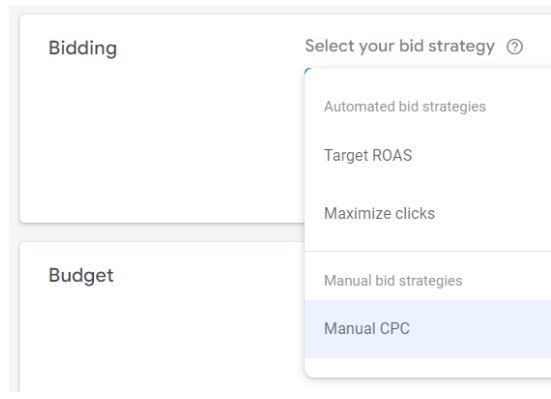1. Being Customer-Centric Means Going Beyond Guesswork
It’s easy to think being customer-centric means jumping at every piece of feedback. But real customer-centricity isn’t a wild guessing game. It’s about strategic moves grounded in both data and direct conversations.
Here’s how you can refine your approach:
Start with a Typeform Survey
Roll out a Typeform survey to your churned customers. Thank them for being instrumental in your growth. Make it clear you’re asking three questions that take less than 3 minutes of their time, and offer a chance to win a $100 gift card.
Engage in Qualitative Conversations
Pair those survey insights with honest, one-on-one conversations. Reach out to a mix of customers – the repeaters, the one-timers, and even the cart abandoners.
Iterate with Precision
Armed with a clearer understanding, begin iterating. But move slowly. Test one change at a time and measure its impact meticulously. With too many variables, you’ll have no idea where the real impact came from.
Loop in Your Audience
Remember those customers who suggested changes? Keep them in the loop. Let them know you’ve heard them and you’re making moves. When they see their input come to life, you’re not just making a sale; you’re earning a loyal advocate.
2. Focus on Actionable Metrics 📊
Understanding Time Between Purchases
Most marketing is annoying. There, I said it. Sorry.
We love posting a screenshot of the cringe email we sent to our followers on X, but we know well that we’d roll our eyes if it ended up in a mailbox near us.
I think most of that is because they are generally so ill-timed.
Imagine being pushed to repurchase days after you got a bottle of deodorant that should last 30 days.
You really don’t have to imagine; buy from almost any CPG brand and you can expect it.
We know what typical behavior looks like, yet marketing often tries to change 99% of that behavior because it works 1% of the time. 😵
Instead, look at your data to better understand when they usually are ready for repurchase, and start a bit before that. (You can, and should, be nourishing them throughout and even before this).
Start with a personalized email, sprinkle in some SMS for that personal touch, and toss in some direct mail if you passed the time that 80-90% repurchase.
(Remember to keep those one-time buyers out of the loop on direct mail if you are on a tight budget or just want to be super incremental.)
Identifying Common ‘Next Items’ Ordered
This is where the magic happens. When you dive into your data and realize that a good chunk of your customers who bought X are also buying Y, you’re onto something.
If 80% of your Orange flavor fans are moving on to Grape, don’t beat around the bush—show them the Grape!
It’s much simpler to bring forth existing behaviors than to try to create net new ones.
3. The Art of Cohort Analysis 🎯
Source and Medium Matter
The journey of a customer who stumbled upon your brand through a Facebook ad might look a whole lot different from the one who found you through an influencer they trust.
And what about those who jumped on the bandwagon during BFCM versus the ones who found you in the tranquility of March?
Each path tells a different story, and understanding these narratives can help you tailor experiences that resonate.
By honing in on these segments, you’re avoiding shooting in the dark. Instead, you’re becoming a master archer, aiming with precision at creating experiences that not only hit the mark but also make your customers feel like you’ve crafted a journey just for them. 💫











Leave feedback about this